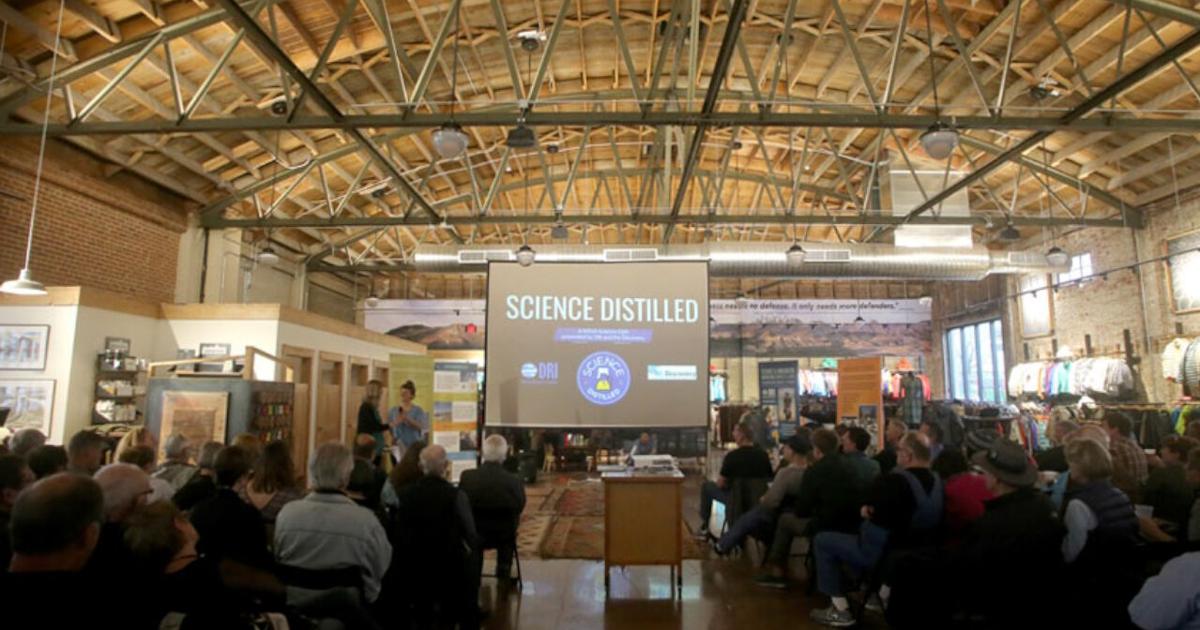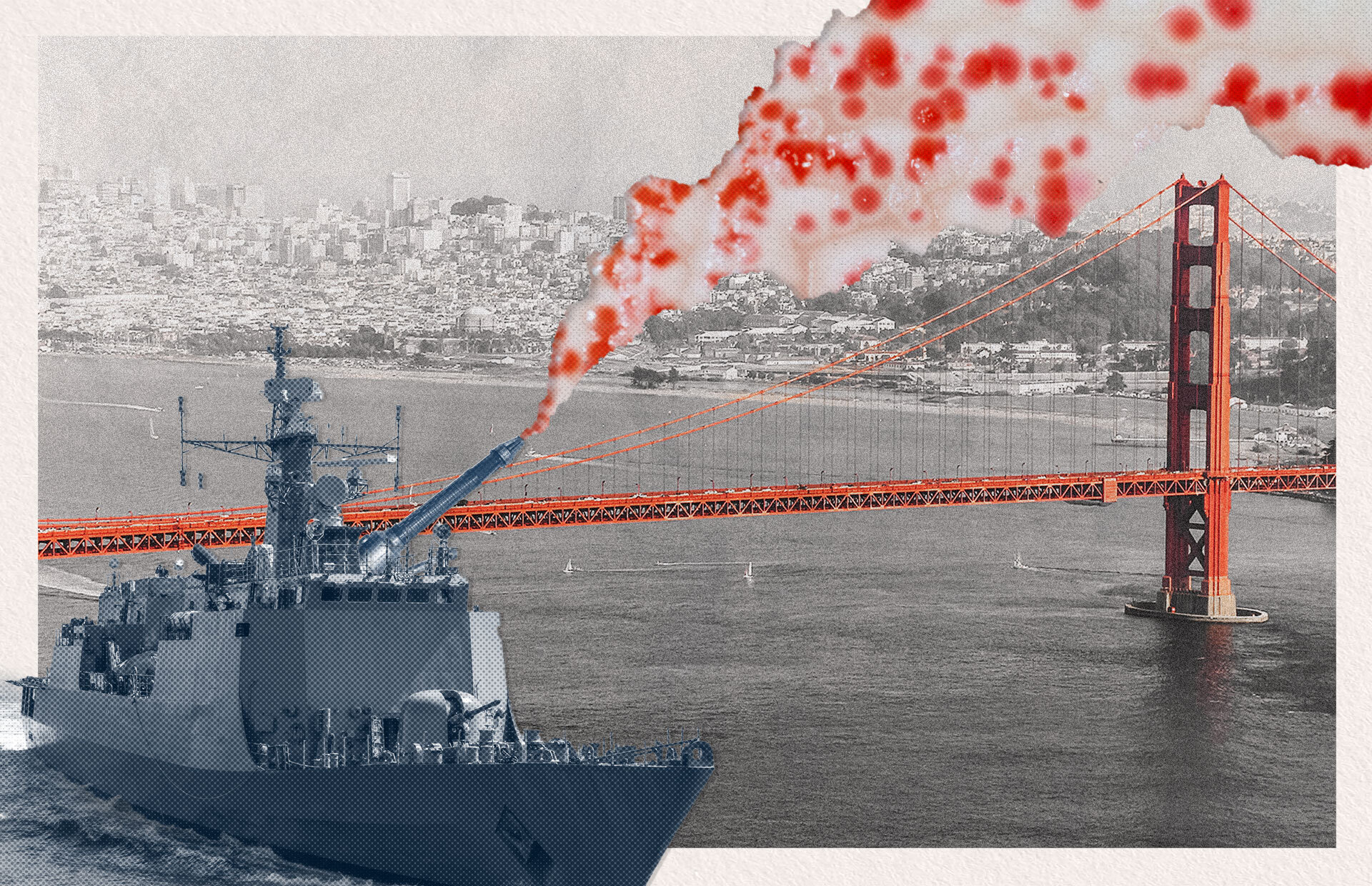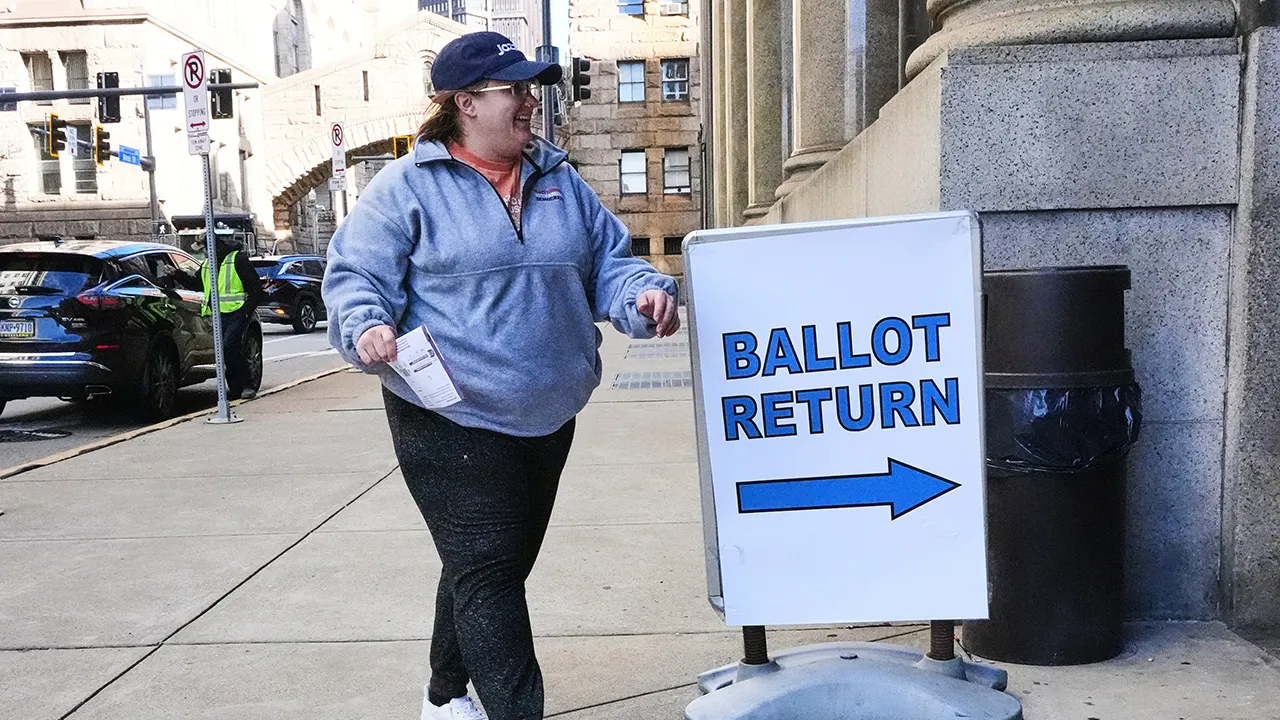The U.S. Department of the Interior as early as this week is expected to issue an environmental report that recommends denying a permit needed to build a 200-mile access road to the Ambler mining district, according to national news reports on Tuesday.
The Alaska Industrial Development and Export Authority applied for the permit to develop the road to access the mining district in Northwest Alaska. The Trump administration had approved the right-of-way permit in 2020.
Conservation groups and Alaska tribal entities, including the Tanana Chiefs Conference, sued to overturn the decision. The Biden administration also said it identified legal flaws in the process related to subsistence impacts and tribal consultation. The new look at the project led to the suspension of the permit and the supplemental environmental review that’s now underway.
Interior’s decision was reported in Politico and the New York Times on Tuesday, both citing anonymous sources. Officials with the Interior Department on Tuesday declined to comment on the agency’s plans or the news reports.
The proposed gravel road would link Alaska’s skeletal road system north of Fairbanks to the mining district, ending near Ambler and other villages. A portion of it would cross the Gates of the Arctic National Park and Preserve.
The road is considered a first step before mining projects could potentially be developed to tap into rich deposits of copper, as well as the zinc and cobalt used in clean energy hardware like wind turbines and rechargeable batteries.
Supporters, including some communities in the region, say the road could lead to jobs for Alaskans, while mineral development could produce well over $1 billion in state and local government revenue.
Opponents have expressed concerns about the road’s construction costs, estimated to run at least $750 million for the road and related infrastructure such as maintenance stations. Critics also say it will threaten caribou and other wildlife in the remote Alaska region, hurting subsistence harvests, and polluting lands and waters.
Doyon, an Alaska Native regional corporation and the largest private landowner in Alaska, late last year canceled a land-access agreement for the road, raising questions about how the road could proceed.
The Alaska economic development agency has proposed paying for the project by selling bonds to investors. The bonds would be paid off over time by charging annual fees to mining companies using the road, under lease agreements, according to the plan.
:quality(70)/cloudfront-us-east-1.images.arcpublishing.com/adn/OZSUKUBSVFBJRMTLLJ7IF27QXY.jpg)
A representative with Ambler Metals, which is exploring two mineral prospects in the region, said in a statement on Tuesday that if the reports are true, a rejection of the road would deny new revenues to the region. It would also undercut the 1980 Alaska National Interest Lands Conservation Act, which set aside vast portions of Alaska for conservation and called for surface access to the mining district, the representative said in a written statement.
“We are stunned to hear reports that BLM may deny the Ambler Access Project, which received full federal approval four years ago and would enable safe and responsible domestic production of minerals that are critical for our national security and clean energy technologies,” said Kaleb Froehlich, managing director of Ambler Metals.
“We strongly urge BLM to reconsider what would clearly be an unlawful and politically motivated decision that goes well beyond the narrow set of issues the courts agreed to allow the agency to address,” Froehlich said.
The Interior Department released a draft environmental review of the Ambler road in October, setting the stage for a final report and the expected recommendation to kill the Ambler road project, Politico said in its report. A final decision and explanation from the Biden administration would follow later this year.
In a separate decision also involving resource development in Alaska, the Biden administration is expected in the coming days to finalize a decision cutting off oil and gas development in about half of the 23-million-acre National Petroleum Reserve-Alaska. That could potentially halt future large projects there after the administration approved the Willow oil field last year, angering many young left-leaning voters.
Additionally, this week, the the U.S. Army Corps of Engineers rejected a permitting appeal by Pebble Limited Partnership, based on the U.S. EPA’s decision under Biden to block the copper and gold prospect in Southwest Alaska.
• • •

:quality(70)/cloudfront-us-east-1.images.arcpublishing.com/adn/6N5ZSYX4GNC2NDTUJDJUB6P3OI.jpg)





























